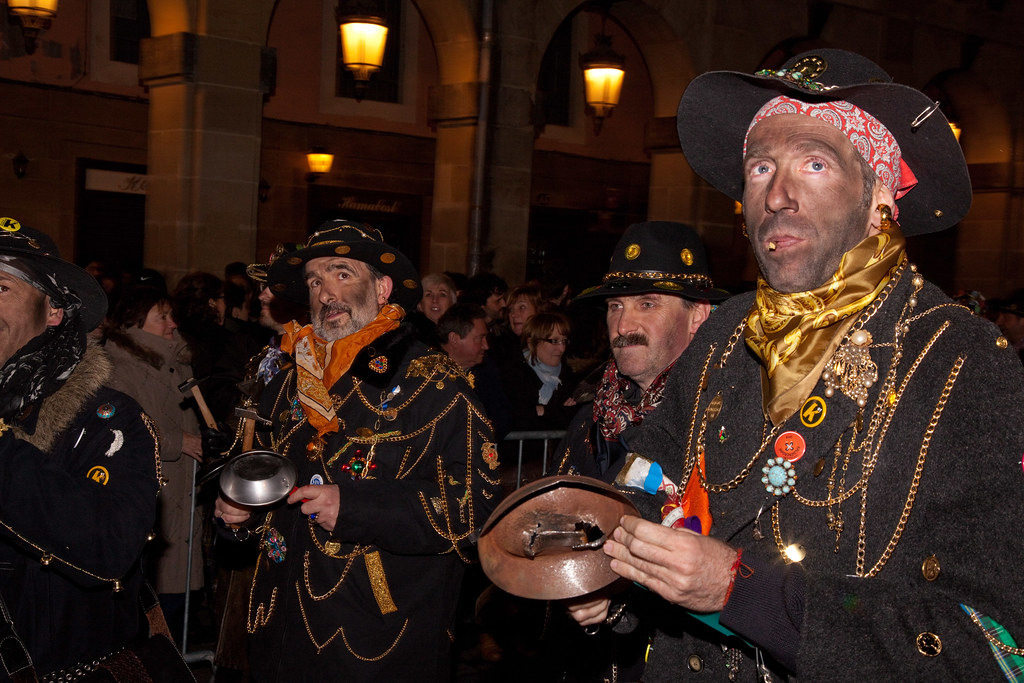How many people fit in a heart?
A lot, right? Yes, we love a lot of people, and we are united by affection with a lot of people, it's clear. The number of people we can love is not unlimited, it's also true, because love questions, and the bond is long ago, but, well, that love is a feeling that can be extended to many people, is a fact that is well demonstrated by the experience and the experiences of all of us.
In any case, most people will think that the question was about romantic love. Understood thus, some could exclude from the previous statement that “type” of love, because they consider that the sphere of the couple should be left out of this range of love. But you will, of course, be without nuances that you maintain the assertion as such. Because, as the writer Gabo rightly put it, you think the heart has more rooms than a brothel, or you're just as honest or brave as to confess it.
"It shows us the hierarchy of affections and that sexualized love is the one that always occupies the highest position in that hierarchy, with all its implications"
However, more than in the answers, I would like to put the emphasis in the unidirectional sense that we adopt to this question, which is by the way the artist Aran Santamaría has named for his new exhibition. Why the love of the couple is always the first that reminds us when listening to the word heart. Or why we have it so internalized, that couples are the most important people who can live our hearts. Because knowing that the heart is a metaphor for supreme love, because only that is what it means that that link between the two becomes so weird.
And it's not a typicity. It shows us the hierarchy of affections and that sexualized love is the one that always occupies the highest position in this hierarchy, with all the implications that this entails. In the acts of distribution and reception of love always come the other possible forms that the loser affection can adopt, mainly among friends, but also among the members of the community, for example, or, of course, with ourselves. In the belief that they do not have sufficient value, all those relationships that would also need in the center of our affective life are undervalued, so we usually only offer them the fragility of our time, attention and care.
The hope of all our well-being is established in the couple, and it is understandable, in this sense, that they reach that paradise of romantic love is the main utopia of many people, that it is none other than the objective of every aspiration and expectation, that we leave in the hands of those romantic relationships and represent all the responsibilities of our well-being: that they feel special, that problems are solved and that they get bored, that they are safe, that they are not safe!
Despite the fact that we have been sworn in by happiness, and because we have all too often been given frustration, disappointment and a sense of fraud, it is what those lucky enough to have come to paradise will find, because no one can successfully perform a size function.
To see the trap of the myth of romantic love, before we try to change our ways of relating to our affective partners, we should see and denounce the centrality of the couple in our affective lives. By breaking down the hierarchy of affection, we can weave horizontal affective networks with the death of our great love. If we want to be sentimental dissidents, let's start loving and caring well for all of our people. That's where the affection revolution begins.
Bidali zure iritzi artikuluak iritzia@argia.eus helbide elektronikora
ARGIAk ez du zertan bat etorri artikuluen edukiarekin. Idatzien gehienezko luzera 4.500 karakterekoa da (espazioak barne). Idazkera aldetik gutxieneko zuzentasun bat beharrezkoa da: batetik, ARGIAk ezin du hartu zuzenketa sakona egiteko lanik; bestetik, egitekotan edukia nahi gabe aldatzeko arriskua dago. ARGIAk azaleko zuzenketak edo moldaketak egingo dizkie artikuluei, behar izanez gero.
I don't want my daughter disguising herself as a Gypsy in the caldereros. I don’t want Gypsy children at my daughter’s school to dress up as Gypsies in caldereros. Because being a gypsy is not a disguise. Because being a gypsy is not a party that takes place once a year, with... [+]
The road goes by steps, and I learned a little while ago that it seems to have already begun. But people also want to learn to fill that sentence with content. Alone we could achieve little, maybe even resignation as soon as we started. Gathering huge crowds can also complicate... [+]
Ez zuen egoki jokatu, neurriak hartu behar ziren, bestela, ez dugu ikasten. Itxuraz, ez zen ohartzen egindakoaren inpaktuaz, normal jarraitzen zuen, batzuetan, ingurukoek baino itxura zoriontsuagoz. Gainera, altuegi hitz egiten du, hori ez zaio inori gustatzen. Darabiltzan... [+]
The Department of Education doesn't understand why public employees have gone on strike. He's got to ask the LAB Syndicate. This union signed an agreement with the department in April 2023. Two years later they have also called for a strike because, unlike the previous ones, the... [+]
Erretiratu berri den lankide-ohi baten omenez, Historiako irakaslea. Bejondeizula!
Hezkuntza-legeek azpimarratzen dute zein garrantzitsua den ikasleengan pentsamendu kritikoa sustatzea. Baina irakasle-klaustroak, garai batean ideien eztabaidarako eta proposamenak... [+]
The liberal democracy of the Western countries has a growing appearance of a minimalist democracy. At the heart of the definition would be respect for changes in government through elections. The authoritarian variant of this was called competitive authoritarianism by political... [+]
Zutabe hau idazten nengoela, gaia aldatu behar izan dut, nire arreta osoa harrapatu dutelako Trumpen muga-zergek. Azalpen gutxi beharko duzue, leku guztietan da berria, Txinako produktuei %10eko zerga eta Kanadako eta Mexikoko produktuei %25eko muga-zergak jarri dizkie. Trumpek... [+]
This wedge that the announcement on the radio Euskadi to replace the bathtub with a shower encourages the commencement of the works in the bathroom of the house. A simple work, a small investiture and a great change are announced. There has been a shift in toilet trends and a... [+]
The year 2025 will lead to a general policy of establishing shorter working weeks, bringing low costs for new hires for companies and an effective direction of change in labour relations.
With the aim of complying with the Spanish government agreement, the reform to shorten the... [+]
I received your e-mail in personal mail on the strike portals. At first, like many others, I thought it was to let you know what options we have in the face of the strike. But no, the e-mail received was a political and communicative movement against the strike.
I will confess... [+]
This weekend I've been thinking about the word 'aesthetic' in relation to a phrase said by a friend: “This work is aesthetic.” I have studied the etymology of the word aesthetic, it seems that its meaning was originally perceived through the senses, and it was later associated... [+]
The other day in Bilbao, I met a friend at the Bira bar. We were very happy at the Tar and I said: “Of course, since you’re Guipúzcoa, hahahaha.” And he insisted that he was not Guipuzcoan. Without me understanding it, I kept saying, “Ah! Is it not? You were born in New... [+]























